Growing Ferns As Houseplants: 9 Types Of Ferns To Grow Indoors

Amy Draiss
Fern houseplants lend a lush, tropical feel to an indoor space. They set off flowering plants nicely, add texture, and have interesting foliage. Here are some beautiful varieties well-suited to indoor growing.
How to Grow Ferns Indoors
Before choosing among the many types of ferns for your next houseplant, it’s important to understand what they need to thrive inside. Most ferns grown as houseplants come from the tropics, so they like indirect light, warmth, and humidity.
All ferns should grow in containers with good drainage. When watering a fern indoors, know the variety’s specific needs. Most ferns like moist soil, but some, like the Boston fern, do best when the top of the soil just dries out before the next watering.
Tropical ferns need humidity, which can be a problem inside in the winter. Use a mister or a pebble tray to create a more humid environment around your ferns. Ferns don’t need full sunlight, so place your plants near a north or east window.
Top Fern Houseplant Varieties
These are some types of ferns ideal for growing indoors:
- Boston. Boston fern is a classic houseplant with pretty feathered fronds. You can find several cultivars that vary in size, have more interesting textures, and that are either upright or trailing.
- Bird’s nest. This unique fern grows reliably indoors. Bird’s nest fern doesn’t have the feathery fronds of most ferns. The fronds are long, wide, and have wavy edges.
- Rabbit’s foot. The fuzzy, brown rhizomes give rabbit’s foot fern its name. They grow over the edge of the container and the fronds are delicate and lacy. To get the best view of both, use a hanging container.
- Mother. Share this one with friends. The name mother fern comes from the fact that it grows small “babies” on the larger fronds. You can pick them to propagate a new plant.
- Staghorn. This unique fern is an epiphyte, so it requires an appropriate medium, like a mixture of peat and sphagnum moss. Staghorn fern requires a lot of humidity, but with the right conditions will grow slowly into a large plant. This is advanced-level fern growing, so you may want to try easier types first.
- Cretan brake. Place this fern in a warm spot, near a radiator, for instance. It also needs a lot of humidity. Cretan brake fern will reward you with pretty, variegated fronds.
- Button. Choose a button fern for small spaces. It only grows about 12 to 18 inches (31-46 cm.) and has round, button-like leaves.
- Holly. The holly fern may not be easy to find, but it is unique among ferns for preferring drier, cooler conditions. This makes it an ideal houseplant if you can get it.
- Asparagus. While not a true fern, asparagus fern does resemble one with its feathery leaves. If you have a bright, sunny window, asparagus fern will take it.
Gardening tips, videos, info and more delivered right to your inbox!
Sign up for the Gardening Know How newsletter today and receive a free copy of our e-book "How to Grow Delicious Tomatoes".

Mary Ellen Ellis has been gardening for over 20 years. With degrees in Chemistry and Biology, Mary Ellen's specialties are flowers, native plants, and herbs.
- Amy DraissDigital Community Manager
-
 Looking For Plants To Give You The Soft And Fuzzies? Try These 5 Fuzzy Leaf Plant Options
Looking For Plants To Give You The Soft And Fuzzies? Try These 5 Fuzzy Leaf Plant OptionsLovers of texture, drama, silver foliage and tactile plants will adore these special sensory garden additions. These fuzzy leaf plant options will leave you all aglow
By Susan Albert
-
 Get Ready For A Summer Of Hummers! Grow These Full Sun Hummingbird Plants and Flowers
Get Ready For A Summer Of Hummers! Grow These Full Sun Hummingbird Plants and FlowersIf you’re lucky enough to enjoy a sunny backyard, make sure you are maxing out on your pollinator opportunities and grow these full sun hummingbird plants and flowers
By Tonya Barnett
-
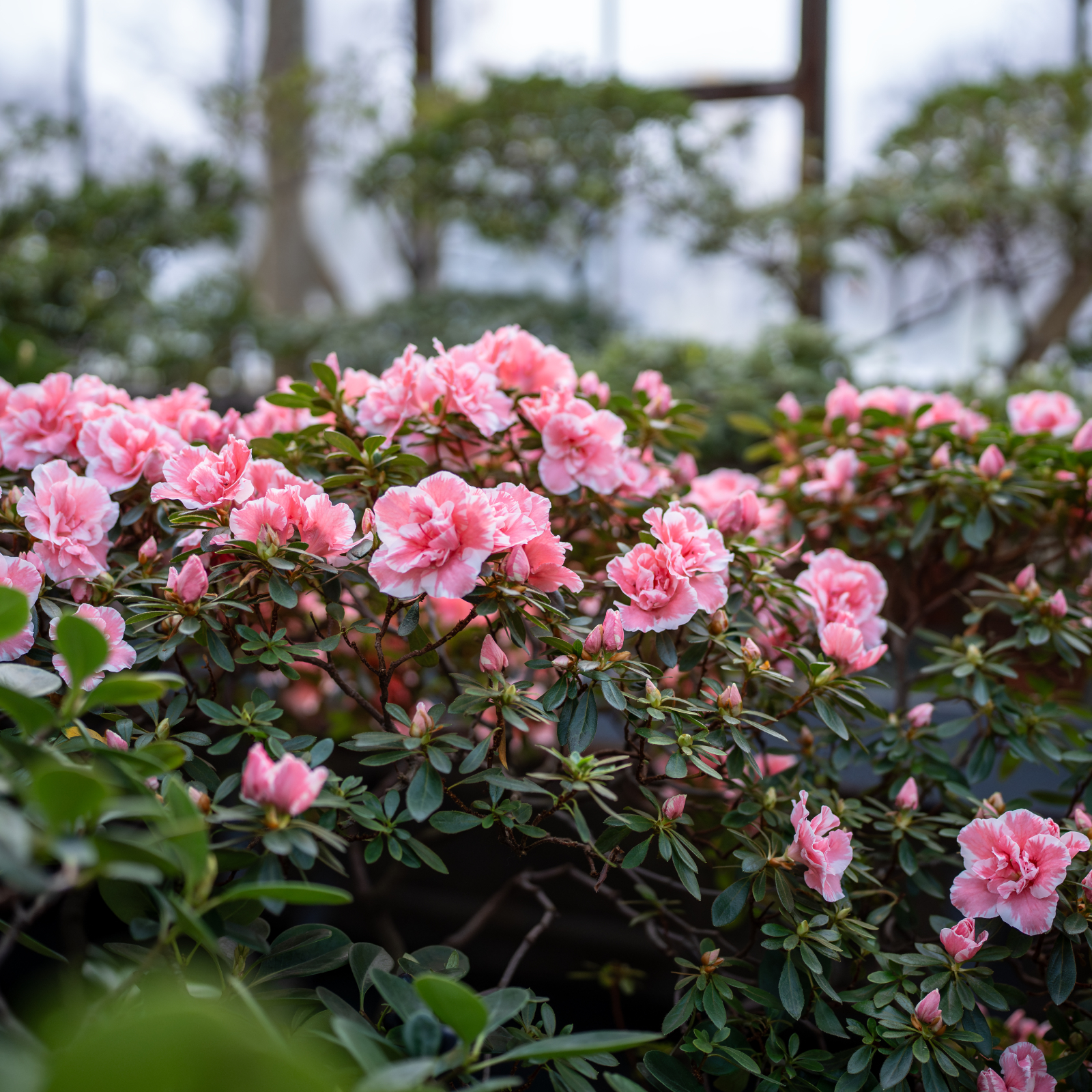 What Is The Size Of An Azalea? Explore Different Varieties That Will Suit Every Garden
What Is The Size Of An Azalea? Explore Different Varieties That Will Suit Every GardenThe size of azaleas can vary widely because they have been selectively bred for different landscape needs. Check out our picks for each size category.
By Mary Ellen Ellis
-
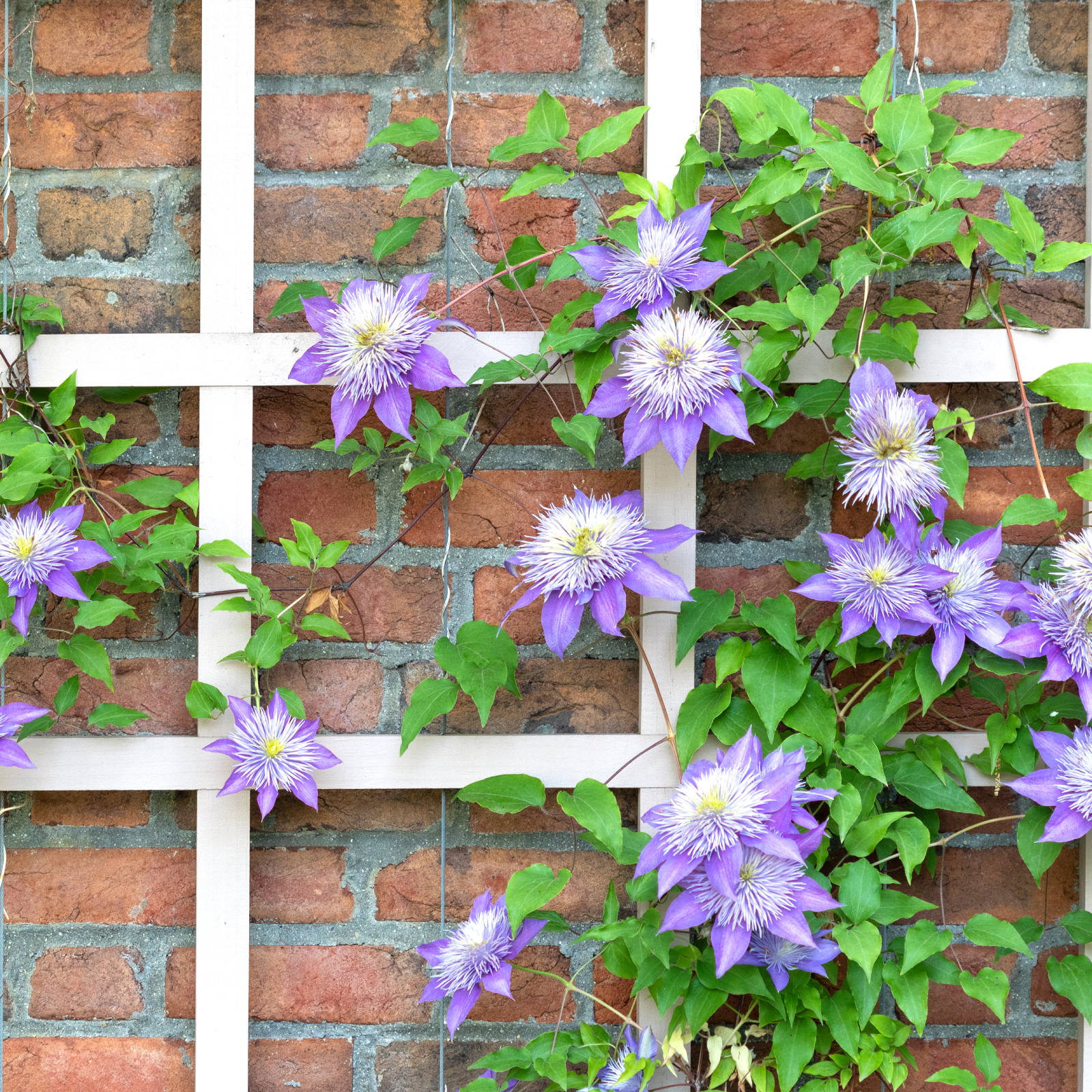 5 Fabulous Fast-Growing Vines – That Will Quickly Climb Any Arbor, Trellis, Or Fence
5 Fabulous Fast-Growing Vines – That Will Quickly Climb Any Arbor, Trellis, Or FenceThese fast growing vines are perfect for covering any eyesores in your yard or creating a living fence. They will provide great visual interest, as well.
By Amy Grant
-
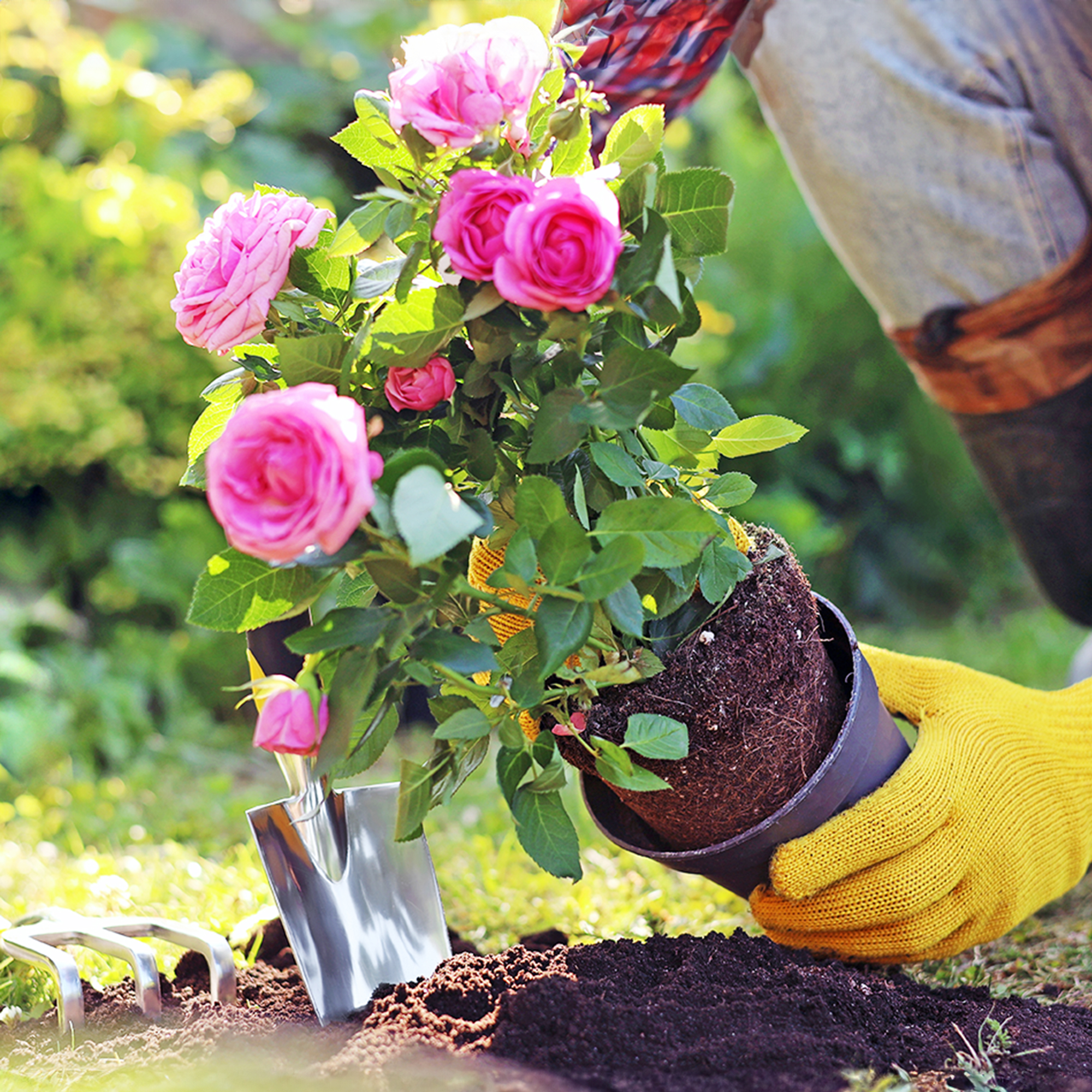 When To Plant Roses: The Best Time For Your Climate And Rose Type
When To Plant Roses: The Best Time For Your Climate And Rose TypePlant your roses at the right time and you will be rewarded with decades of glorious summer flowers – but get it wrong and you'll be crying over dead shrubs.
By Teo Spengler
-
 Spectacular Early Blooming Shrubs: 6 Sparkling Spring Flowering Bushes
Spectacular Early Blooming Shrubs: 6 Sparkling Spring Flowering BushesWant to kickstart your gardening year with dazzling spring flowering bushes for beds and borders? These unique early bloomers are sure to help you rise and shine!
By Teo Spengler
-
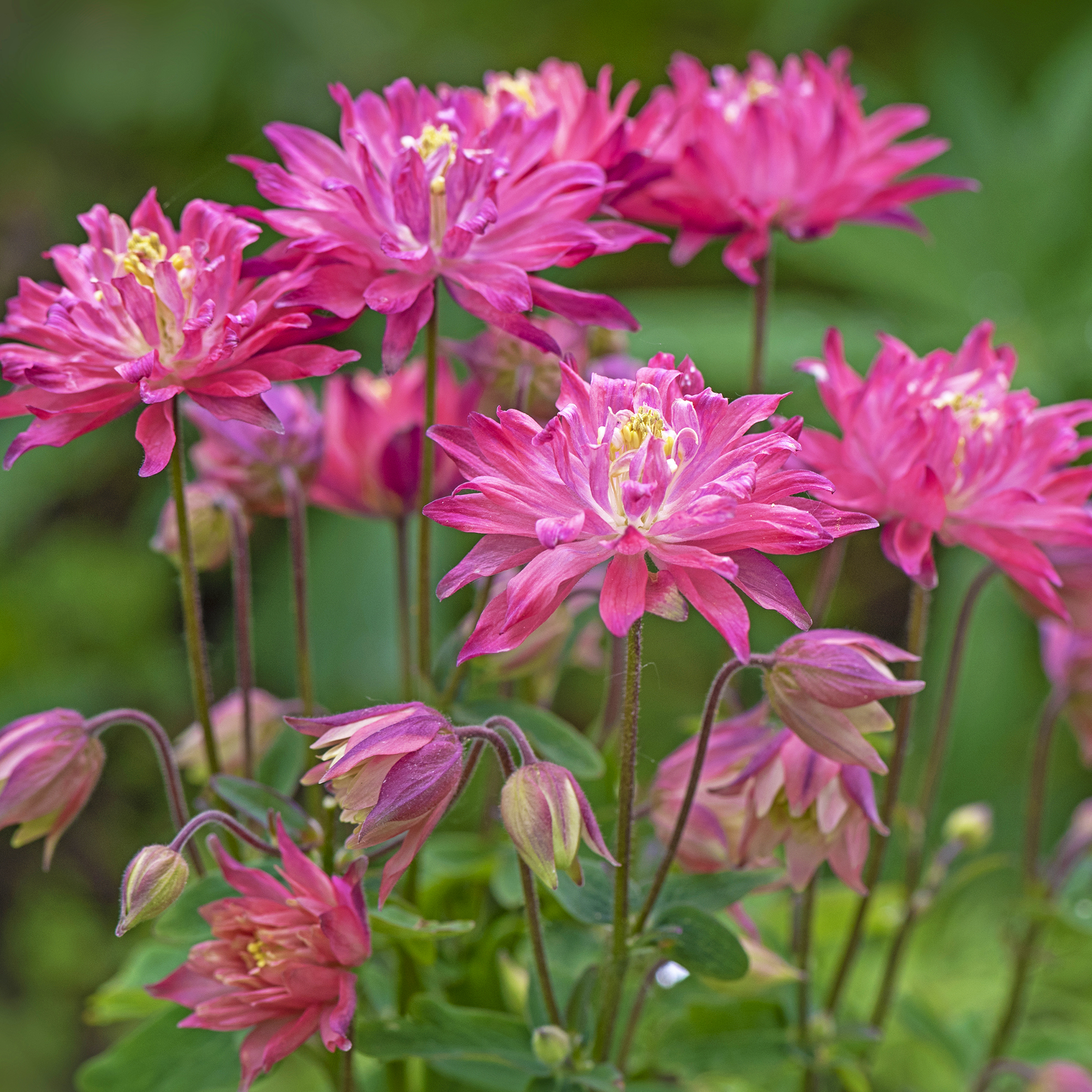 7 Shade-Loving Flowers To Start From Seed Now For A Stunning Summer Garden
7 Shade-Loving Flowers To Start From Seed Now For A Stunning Summer GardenTurn shady spots into vibrant new garden spaces with lovely and illuminating shade-loving flowers.
By Ellen Wells
-
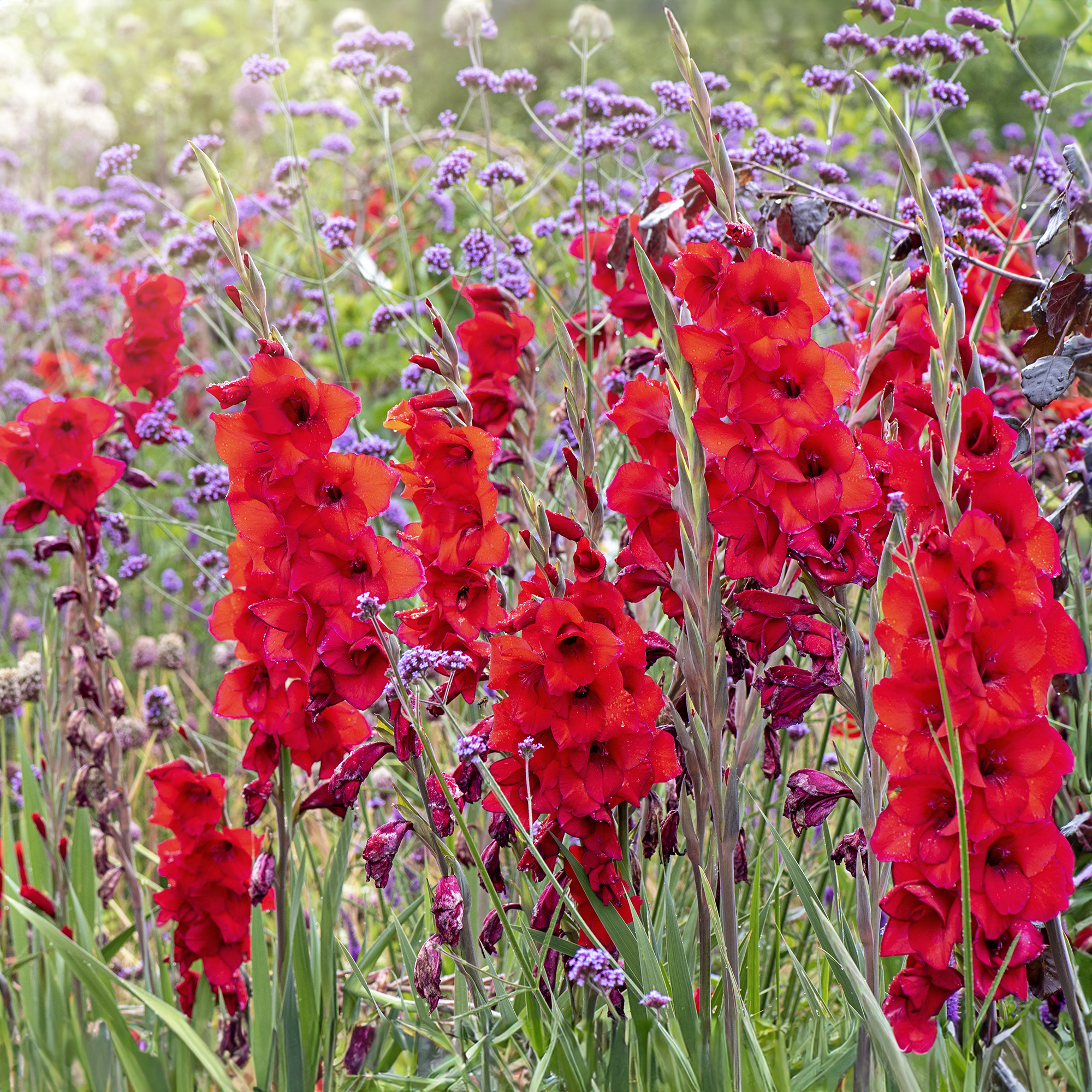 7 Summer-Blooming Bulbs To Plant In Early Spring: Don't Miss Months Of Glorious Flowers!
7 Summer-Blooming Bulbs To Plant In Early Spring: Don't Miss Months Of Glorious Flowers!Get a head start on stunning summer blooms with these easy-to-plant bulbs – act early and you will enjoy vibrant flowers that last for months on end.
By Mary Ellen Ellis
-
 Quick Fire Hydrangea – The Elegant, Easy-Care Shrub Every Gardener Needs In Their Landscape
Quick Fire Hydrangea – The Elegant, Easy-Care Shrub Every Gardener Needs In Their LandscapeIf you’re after an early flowering panicle hydrangea that offers plenty of floral variety, the Quick Fire hydrangea goes big on visual dynamics from early summer to fall
By Tonya Barnett
-
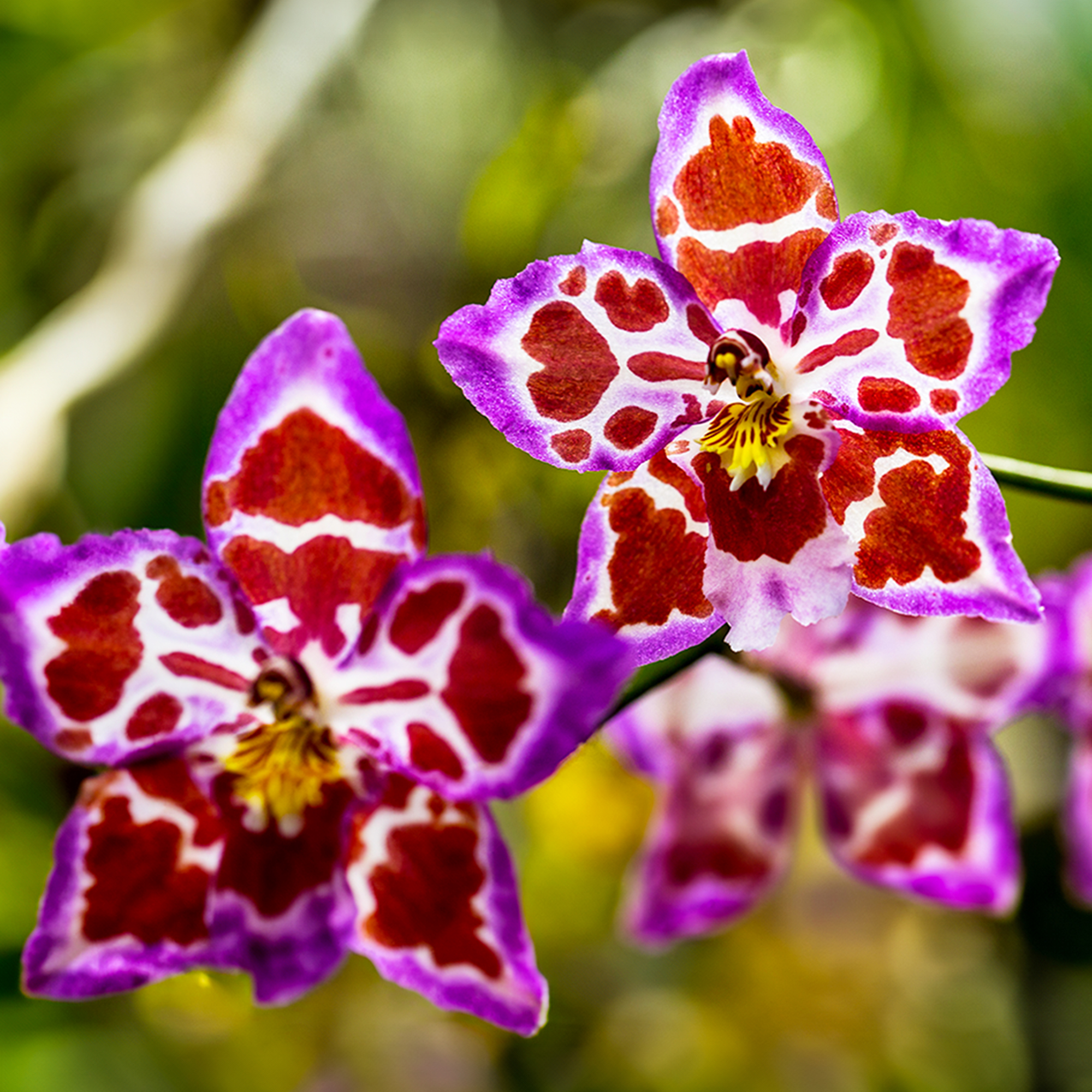 8 Rare Orchids That Make Stunning Houseplants – Some Are Surprisingly Easy To Grow
8 Rare Orchids That Make Stunning Houseplants – Some Are Surprisingly Easy To GrowDiscover unique orchids that will add exotic beauty to your home. Some make easygoing houseplants, while others offer a challenge for more seasoned growers.
By Melanie Griffiths